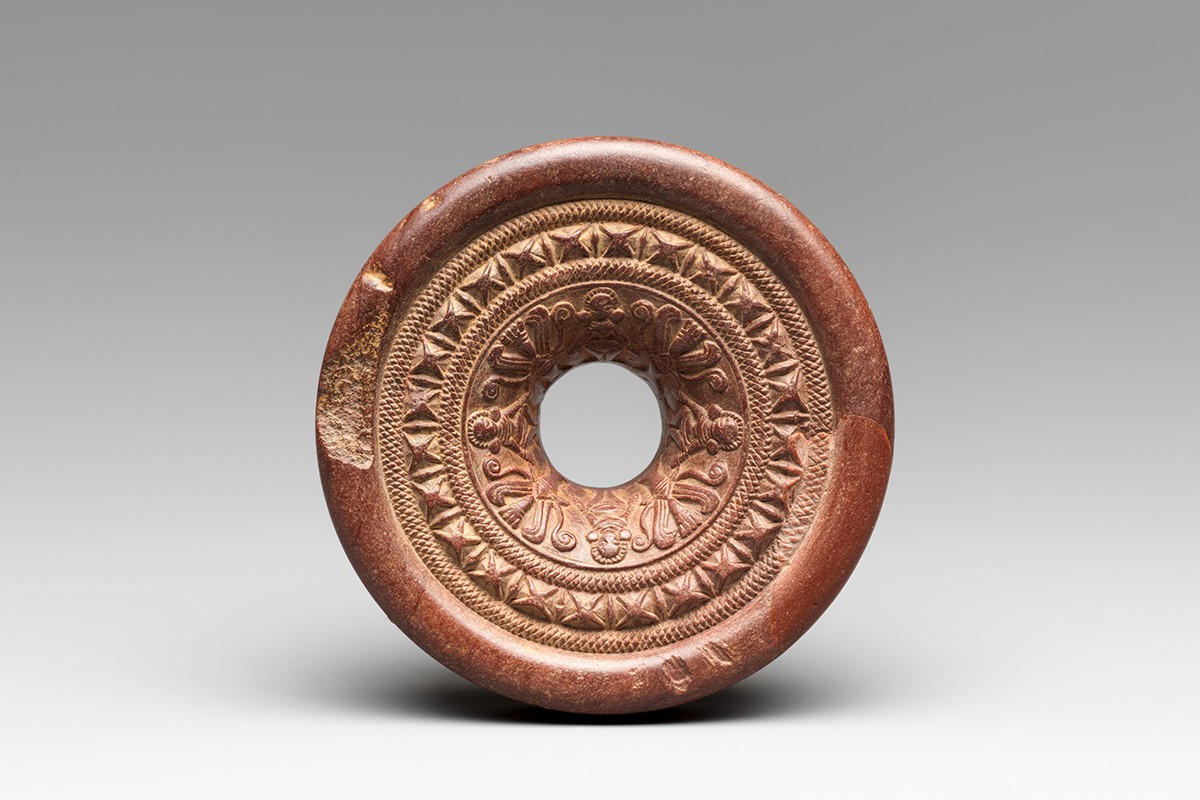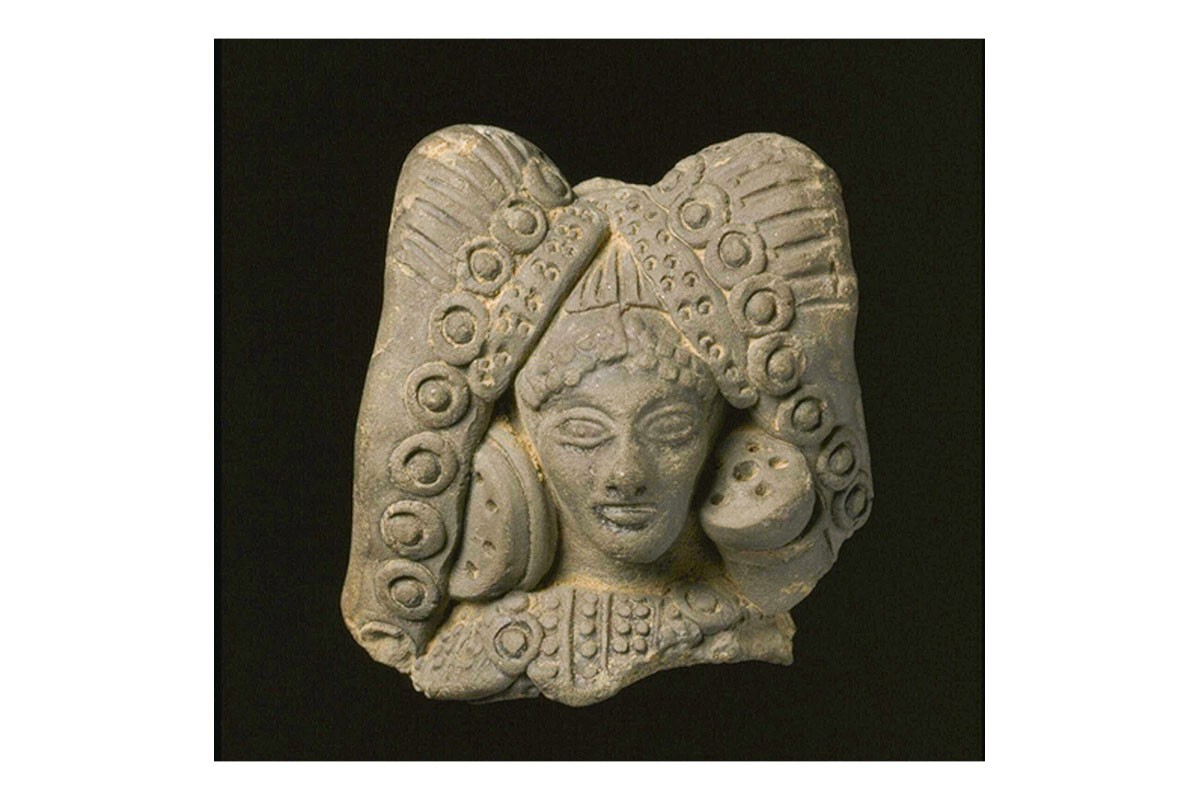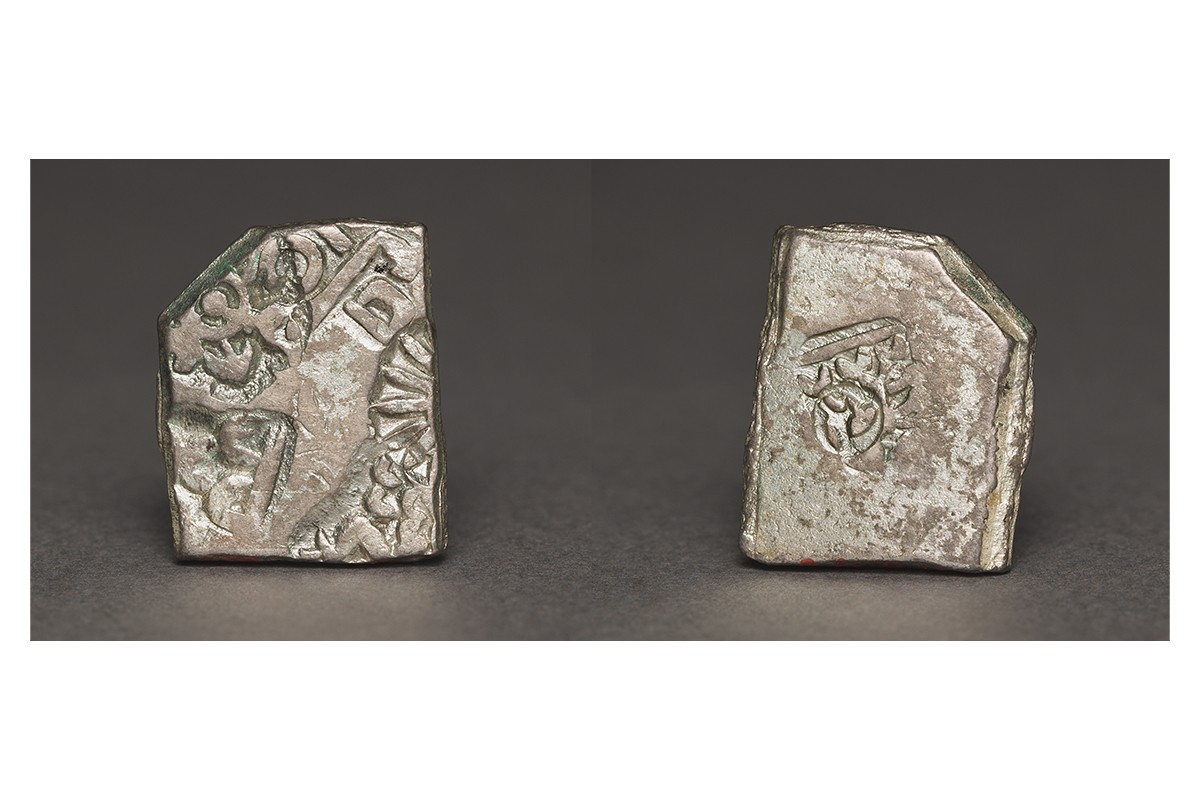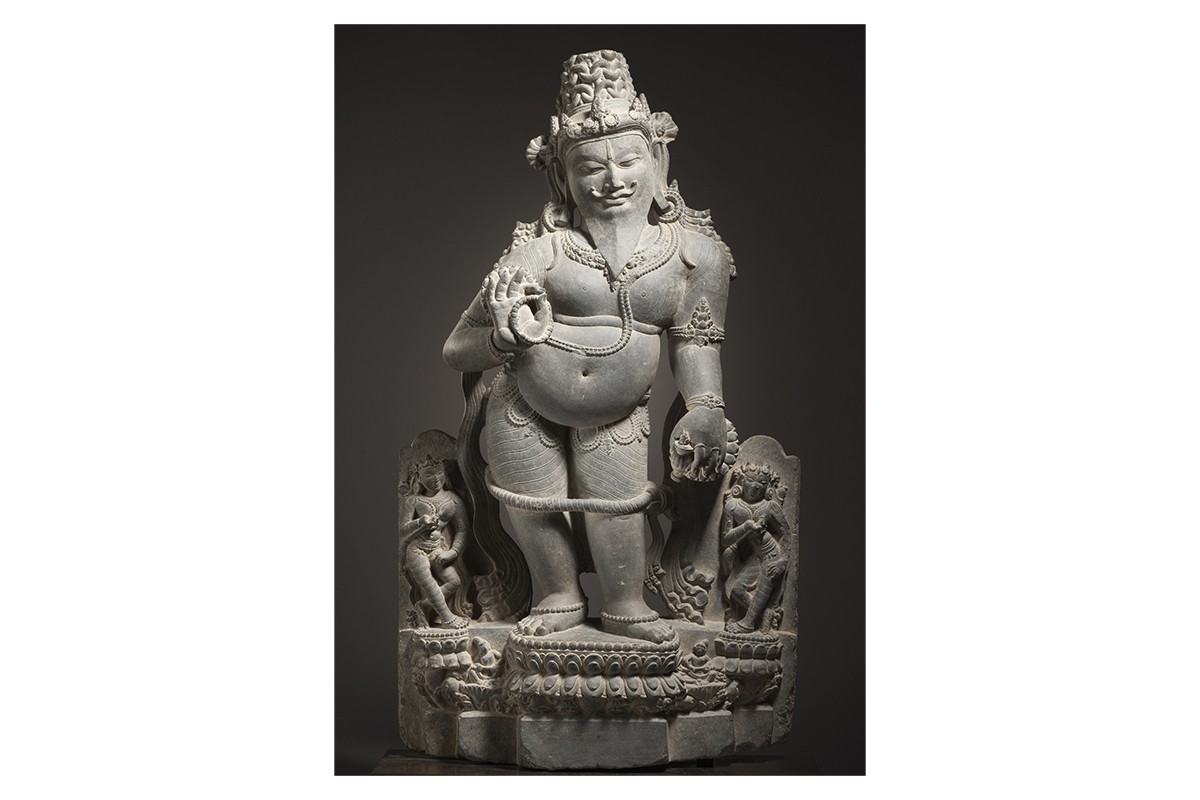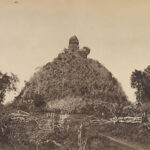The Advent of Mauryan Rule and the Sangam Period
320 BCE
The Nanda dynasty is overthrown by the Mauryas, who proceed to expand the Gangetic region’s influence through campaigns into present-day Afghanistan, and Punjab and Gujarat in India. South of the Narmada River in India, however, their authority is transient, with independent polities existing in present-day Odisha.
Iron Age settlements in the Deccan begin to enter global trade. Further south, the earliest Sangam texts begin to take shape in Tamil. These lay the foundation for many centuries of Tamil literature and aesthetics; and a number of groups participate in their making — from wandering bards to Buddhist and Jain monks, lay practitioners, and minor chiefdoms and small urban kingdoms.
Bibliography
Raychaudhuri, Hemchandra. Political History of Ancient India: From the Accession of Parikshit to the Extinction of the Gupta Dynasty. Oxford: Oxford University Press, 2000.
Singh, Upinder. A History of Ancient and Early Medieval India: From the Stone Age to the 12th Century. New Delhi: Pearson, 2016.
Thapar, Romila. The Penguin History of Early India: From the Origins to AD 1300. London: Penguin Books, 2003.
Feedback 
This entry appears in
Art in South Asia
Visit Timeline
Associated Timeline Events
First Published: March 11, 2024
Last Updated: August 5, 2024



